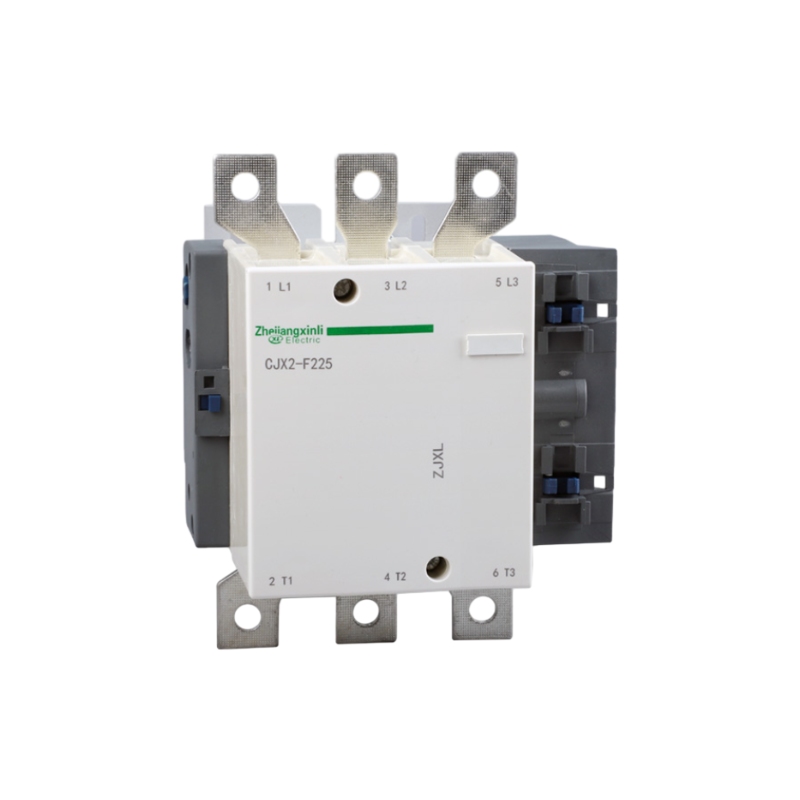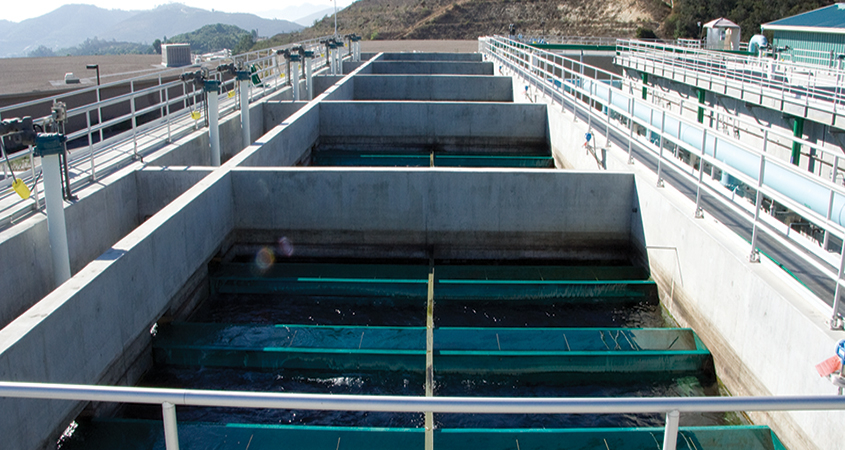What is AC contactor? AC contactors are very common and commonly used in daily life. This article will introduce you Wiring, function and working principle of AC contactors
The AC contactor function
It is an actuator to connects or disconnects lines or frequently controls the operation of motors and other equipment. AC contactors can be regarded as an intermediate control element. The advantage is that the line can be connected or disconnected frequently, and the effect of large current or high voltage is generally controlled by small current or low voltage.
For example, use a 10A time control switch to control a 3000W motor to automatically turn on and off. Directly using a 10A time control switch will not be able to load. It can be controlled with a 25A AC contactor. This is a small current control to control a large current.
The Composition of AC contactor
- Electromagnetic system. It includes an attraction coil, moving iron core, and static iron core.
- The contact system. It includes three sets of main contacts and one to two sets of normally open and normally closed auxiliary contacts, which are connected with the moving iron core and linked together.
- Arc extinguishing device. Generally, AC contactors with larger capacities are equipped with arc extinguishing devices to quickly cut off the arc and avoid burning out the main contacts.
- Insulated casing and accessories, various springs, transmission mechanisms, short-circuit rings, terminal posts, etc.
Ac contactor working principle
AC contactor is a common electrical component used to control the switching of electric current. How it works can be briefly summarized as follows:
Structure: The AC contactor is mainly composed of an electromagnetic coil, a moving contact piece, and a static contact piece. When the current is passed through the electromagnetic coil, a magnetic field will be generated, which will cause the moving contact piece to move under force.
Pull-in: When the electromagnetic coil is energized, the magnetic field generated will attract the moving contact piece, making it in contact with the static contact piece, thus forming a current path. In this state, the AC contactor is in the pull-in state, and the current can pass through smoothly.
Trigger: In order for the AC contactor to enter the pull-in state, an external signal is required to trigger the electromagnetic coil to be energized. The trigger signal can be an electrical signal from a button, switch, or other control device.
Disconnection: When the current on the electromagnetic coil is disconnected, that is, when the trigger signal disappears, the magnetic field disappears, and the moving contact piece is no longer stressed, and will return to its original position and separate from the static contact piece. In this way, the current path is cut off, and the AC contactor enters the disconnected state.
Damping: At the moment when the contact pieces are separated, electric sparks will be generated due to the existence of current, which will cause damage to the contact pieces. In order to solve this problem, the AC contactor is usually equipped with a damping device to suppress the generation of electric sparks.
In summary, the AC contactor controls the movement of the contact piece through the magnetic field generated by the electromagnetic coil to realize the opening and breaking of the current. It is widely used in the fields of power systems, industrial automation, and control, and plays an important role.

3 AC contactor wiring method
There are three main wiring methods for AC contactors: direct wiring, current transformer wiring, and voltage transformer wiring.
Direct wiring method
The direct wiring method is to directly connect the coil of the AC contactor to the power circuit. The direct wiring steps are as follows:
- Connect one terminal of the coil to the phase line of the power supply (usually 220V AC power supply).
- Connect the other terminal of the coil to the neutral wire of the power supply.
- Connect the contacts of the AC contactor to the load so that the contacts can control the switch of the load.
The current transformer wiring method
The current transformer wiring method is to connect the coil of the AC contactor with the current transformer to realize the control of the current. The current transformer wiring steps are as follows:
- Connect one end of the current transformer to the phase wire of the power circuit.
- Connect the other end of the current transformer to the coil of the AC contactor.
- Connect the coil at the other end of the AC contactor to the load, so that the AC contactor can sense the current change through the current transformer and control the switch of the load.
Voltage transformer wiring method
The voltage transformer wiring method is to connect the coil of the AC contactor to the voltage transformer to control the voltage. The voltage transformer wiring steps are as follows:
- Connect one end of the voltage transformer to the phase wire of the power circuit.
- Connect the other end of the voltage transformer to the coil of the AC contactor.
- Connect the coil at the other end of the AC contactor to the load, so that the AC contactor can sense the voltage change through the voltage transformer and control the switch of the load.
The above are the three common ways of AC contactor wiring methods. According to the specific circuit requirements and control requirements, choose the appropriate wiring method to realize the control of the load.






